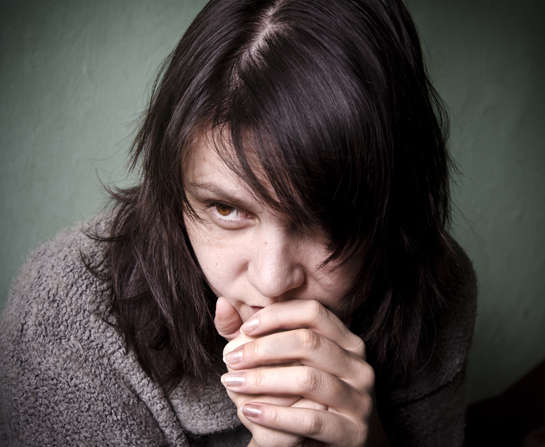An Itch of a Problem
April 28, 2022 Return

Our vagina is not empty – it is, in fact, home to millions of bacteria. Don’t feel grossed out, these bacteria – such as the Lactobacilli – actually play a role in maintaining our vaginal health.
By merely being present in our vagina, they prevent invading, potentially harmful germs from coming in and settling down.
Some produces helpful substances that either kill those harmful germs or maintain an acidic environment that prevents those germs from thriving.
Furthermore, a healthy vagina will regularly secrete a discharge that will help clean itself. Therefore, the vagina can be quite the low-maintenance wonder, as long as you do not interfere with the normal acidic level or pH (which allows the helpful bacteria to thrive).
What happens when the pH goes out of whack?
A Yeast Problem
Yeast, a kind of fungus, is not always a troublemaker. Under normal circumstances, we may harbour a small number of Candida yeast in our vagina, the population and its problematic antics kept in check by its good bacteria neighbours. However, when something happens to disrupt the balance between helpful and troublemaking organisms in our vagina, the yeast population can grow in number. That is when the itches, soreness and even pain start.
Yeast infection is a common condition, so let’s take a look at this and what to do when it hits you.
When things go wrong.
The signs of a vaginal yeast infection are itchiness and soreness, sometimes accompanied by a burning or painful sensation when you urinate or have sex. You may also experience thick white vaginal discharge – called “cottage cheese” due to its appearance.
How did all this happen?
There are many possible reasons. Antibiotics, changes in hormone levels due to pregnancy or taking of certain medications, improper vaginal hygiene are just some common possible causes. Health conditions such as diabetes and HIV infection, which weaken the immune system, may also be a possible cause.
Should you see a doctor?
Yeast infection is rarely life-threatening. If you have had yeast infection before and you believe you recognise the symptoms, you can visit the pharmacy for medications. However, pregnant women and those who experience frequent infections should see a doctor.
How is yeast infection treated?
Common treatment methods are antifungal creams, tablets or suppositories.
Other things to take note of.
- During a yeast infection, keep your vaginal area dry as much as possible.
- Should you use a feminine wash, choose one that mimics the normal vaginal pH level and falls within the acidic pH range of pH 3.8 to 4.5.
- Foods with probiotics such as yoghurt can help boost the growth of good bacteria in your vagina, and hence may be of help when it comes to beating the itch.
- While yeast infection is not considered a sexually transmitted disease, you may still transmit your infection to your partner. Thus, you may wish to avoid sexual activities during the meantime.
If you like this article, do subscribe here.
